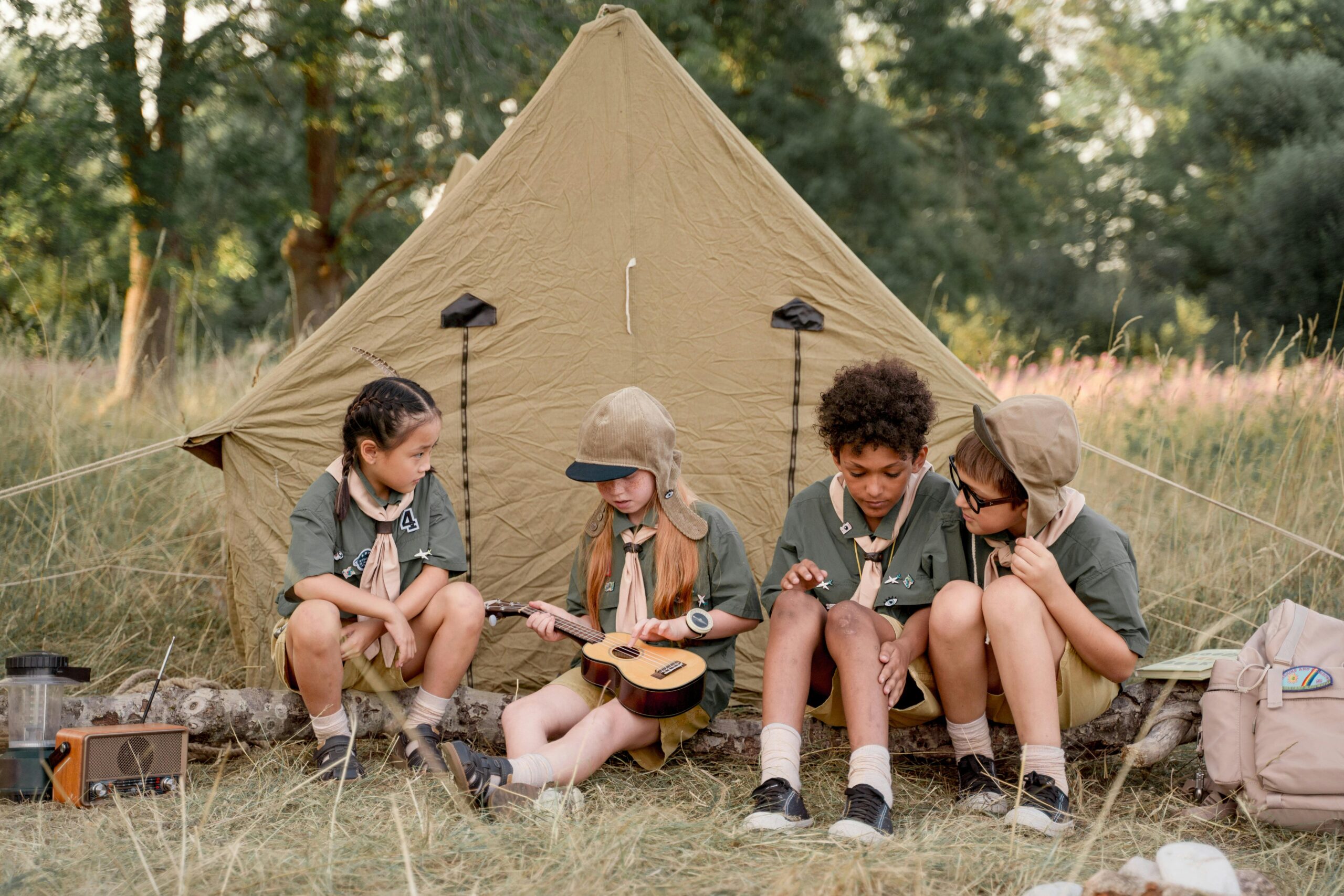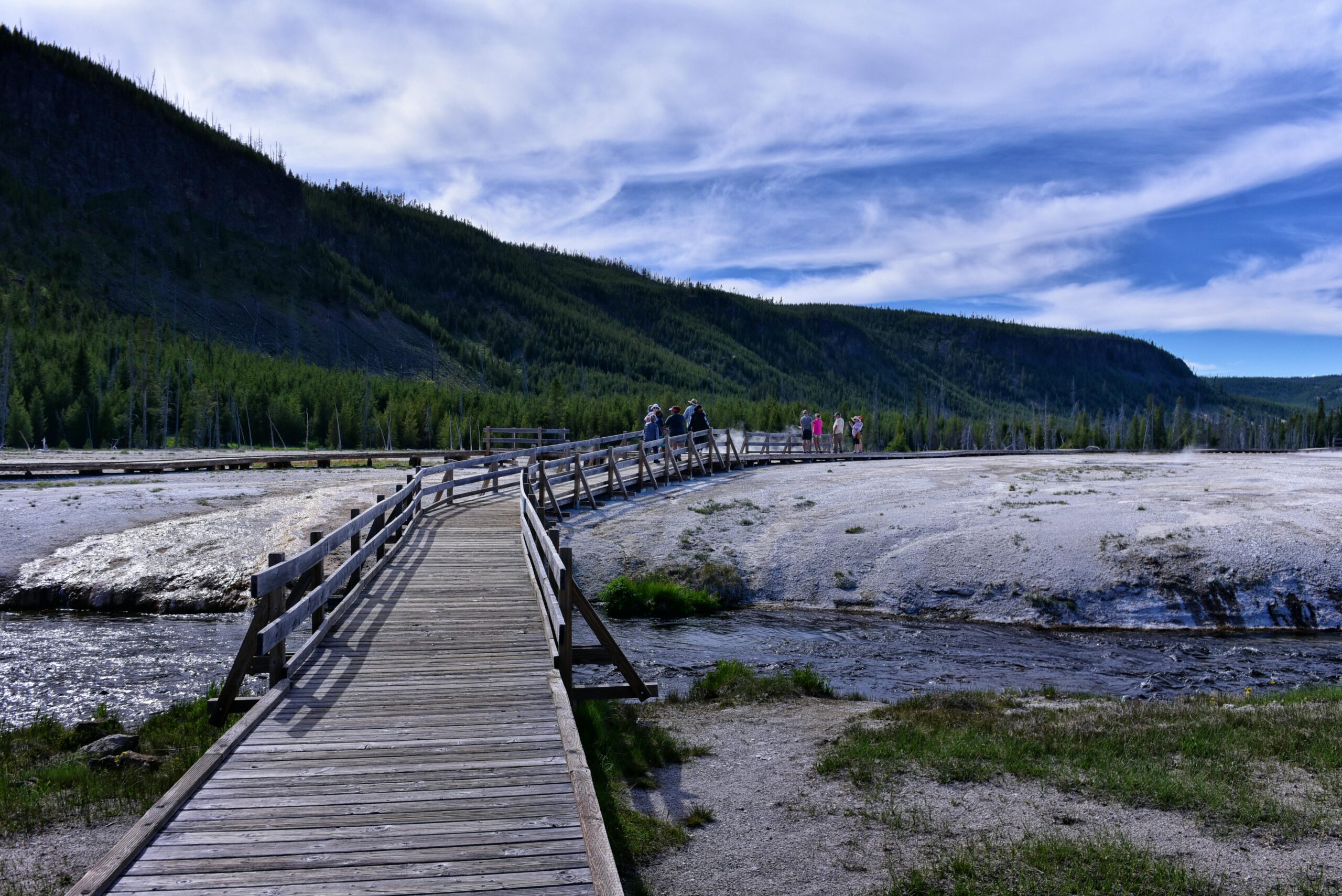Hiking Trail Emergencies: The Alarming Rise in First Aid Incidents
Introduction
The great outdoors, while breathtakingly beautiful, can also be perilously unpredictable. Recent incidents, such as the rescue of two hikers in Palm Springs due to heat illness, underscore the critical importance of preparedness and first aid knowledge on hiking trails. The alarming rise in first aid incidents on trails highlights the need for hikers to take safety more seriously. This article delves into the most common hiking injuries, how to prevent and treat them, and why prioritizing safety and first aid skills is essential for every hiker.
Understanding the Risks
Hiking involves various risks that cannot be ignored. Natural risks like unforeseeable weather and difficult terrain can lead to extreme situations such as landslides or hypothermia. Physical hazards like falls or altitude sickness are common risks at elevated heights. Understanding these hazards and taking necessary precautions is crucial for a successful trip.
Common Hiking Injuries and Their Treatment
Blisters are perhaps the most common injury among hikers, caused by friction between skin and footwear. Prevention is key: wear well-fitted shoes and moisture-wicking socks to reduce friction. If a blister develops, avoid popping it unless necessary, clean the area, apply an antiseptic, and cover it with a sterile bandage.
Sprains occur when you twist or roll your ankle awkwardly, damaging the ligaments. Prevention is crucial: drink water regularly throughout your hike, and bring more water than you think you’ll need. If you suspect dehydration, stop hiking immediately, sip water slowly to rehydrate, and rest in a cool, shaded area.
Sunburn can cause discomfort, increase the risk of skin cancer, and impair your ability to regulate body temperature. Prevent sunburn by applying broad-spectrum sunscreen with at least SPF 30 and reapplying every two hours. Wear protective clothing, sunglasses, and a wide-brimmed hat.
The Importance of First Aid Knowledge
First aid knowledge is essential for treating common hiking injuries. A well-equipped first aid kit should include bandages, antiseptic, painkillers, and trekking-specific items like altitude sickness medication. Knowing how to use these items can be the difference between a minor setback and a major disaster.
The Role of Preparation in Safety
Preparation is key to ensuring safety while trekking. Maintaining good physical health, selecting proper gear, and planning the hike are essential. Knowing the path, evaluating the landscape, and communicating intentions help ensure readiness for unexpected situations.
The Role of Guided Treks in Ensuring Safety
Guided hikes improve safety through expert guidance and local knowledge, providing essential information on terrain and weather conditions. When choosing a trekking company, focus on safety records, certifications, and customer feedback.
Conclusion
In conclusion, every hiker must make safety a top priority. Understanding the risks, common injuries, and how to treat them is crucial for a safe and enjoyable experience. Prioritizing safety and first aid skills is essential for every hiker. By being prepared and knowledgeable, hikers can ensure a secure and pleasant experience on the trails.
References:
- https://adventuresofagoodman.com/why-as-a-trekker-you-need-to-take-safety-more-seriously/
- https://run.outsideonline.com/trail/get-home-safe-what-search-and-rescue-teams-wish-trail-runners-knew/
- https://www.firstaidbristol.co.uk/blog/2024/09/23/what-are-the-most-common-hiking-injuries-and-how-do-you-treat-them/
- https://will4adventure.com/advice/articles/outdoor-first-aid-casualty-card/










